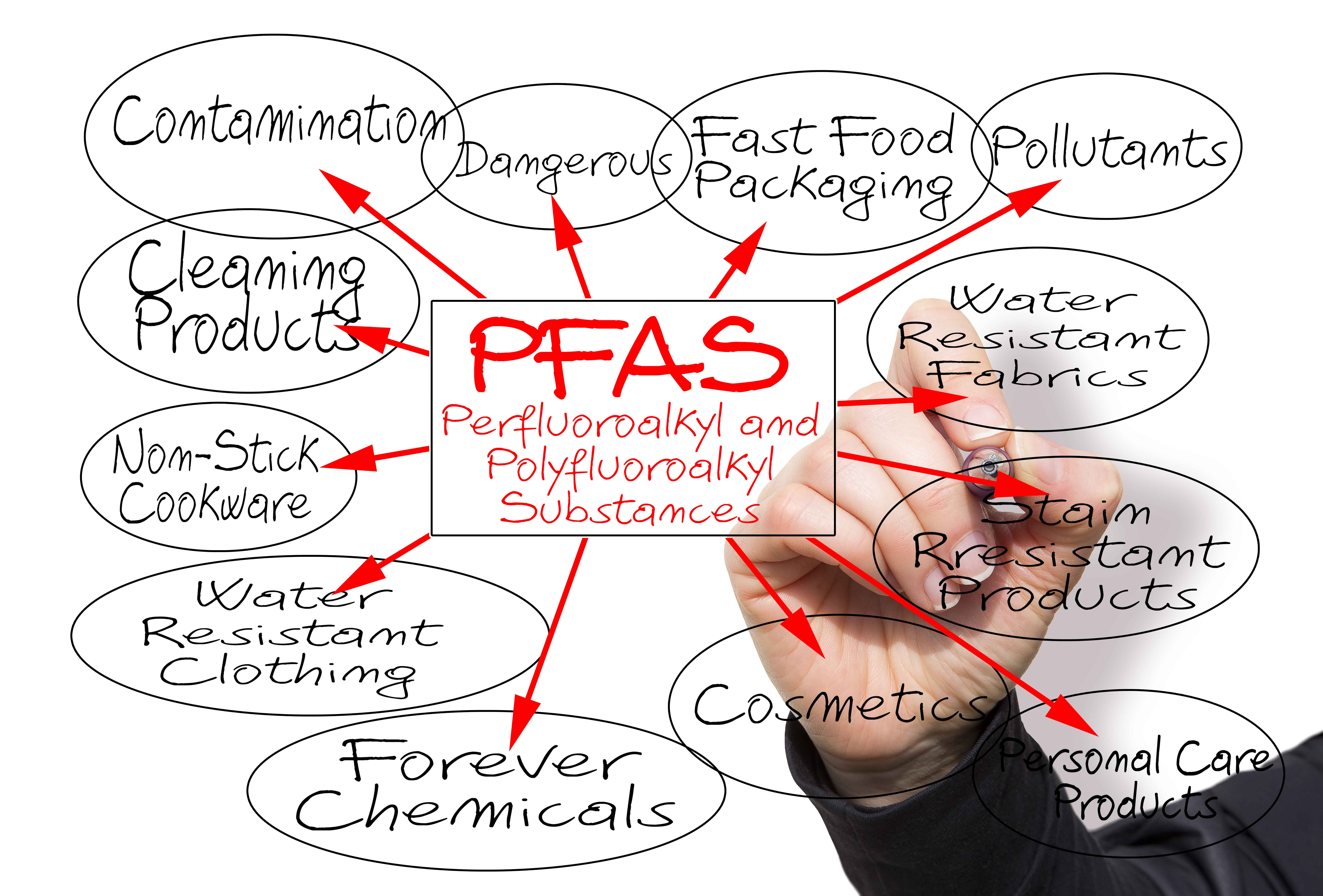
In October 2024, the U.S. Environmental Protection Agency (EPA) proposed adding sixteen individual per- and polyfluoroalkyl substances (PFAS) and fifteen PFAS categories, accounting for more than 100 chemicals, to the Toxics Release Inventory (TRI), which is the EPA’s resource databank for learning about toxic chemical releases and pollution prevention activities reported by industrial and federal facilities. This proposal aligns with the aggressive National Defense Authorization Act for Fiscal Year 2020 (NDAA) that first added certain PFAS to the list of chemicals covered by the TRI under Section 313 of the Emergency Planning and Community Right-to-Know-Act (EPCRA), and aims to enhance public access to data on these infamous “forever chemicals” while creating significant implications for compliance, litigation, and risk mitigation.
On January 9, 2025, the EPA added nine [1] of the proposed sixteen PFAS to the TRI list.
The EPA’s new TRI initiative comes in the wake of a lawsuit filed by Earthjustice on behalf of the Sierra Club, the Union of Concerned Scientists, and the National PFAS Contamination Coalition, which challenged purported loopholes that allowed facilities and military bases to avoid disclosing PFAS releases as class of hazardous and persistent chemicals.
Specifically, under the new rule, certain PFAS would be designated as chemicals of “special concern.” This designation means that reporting would not be subject to a “de minimis” concentration exemption that allows facilities to omit reporting small concentrations of PFAS in mixtures despite an overall high volume of PFAS. Additionally, the new rule would increase TRI reporting of PFAS and all other “chemicals of special concern” by requiring facilities that sell mixtures or trade name products to report the presence of these chemicals within those products even if the chemical concentration is low.
Litigation and Risk Mitigation
Should the proposed rule become final, industry may see an increase in class actions and individual personal injury and property damage claims linked to PFAS exposure, as publicly accessible TRI data will be available as evidence in lawsuits involving PFAS contamination.
Manufacturers can be proactive by continuing to conduct audits to identify PFAS usage and ensure accurate reporting. Additionally, they may want to consider potential future costs associated with implementing robust chemical management systems to track and reduce PFAS use. It will be crucial to regularly review EPA updates on TRI additions and PFAS regulations, as changes under the NDAA may trigger new obligations. Any TRI disclosures should also be paired with risk communication strategies to address potential community concerns.
Following the closing of the public comment period on December 9, the EPA will now review and analyze all submitted comments, and potentially revise the proposed rule based on the feedback, addressing any concerns before publishing the final regulation.
Conclusion
Lee Zeldin, a former congressional representative from New York, was confirmed on January 29 to head the EPA as part of the new administration. It is worth noting that Zeldin previously voted to create drinking water standards limiting PFAS that have been found to contaminate a significant portion of the nation’s groundwater. Regardless of the future of PFAS regulation, the current EPA has set the wheels in motion to crack down on PFAS contamination. The proposed expansion of the TRI underscores the increasing regulatory focus on PFAS that will likely not fade under the new administration, particularly given the allegations of widespread environmental and health risks associated with these ubiquitous chemicals.
[1] Ammonium perfluorodecanoate (PFDA NH4) (3108-42-7) , sodium perfluorodecanoate (PFDA-Na) (3830-45-3) , perfluoro-3-methoxypropanoic acid (377-73-1) , 6:2 Fluorotelomer sulfonate acid (27619-97-2), 6:2 Fluorotelomer sulfonate anion (425670-75-3), 6:2 Fluorotelomer sulfonate potassium salt (59587-38-1), 6:2 Fluorotelomer sulfonate ammonium salt (59587-39-2), 6:2 Fluorotelomer sulfonate sodium salt (27619-94-9), and acetic acid, [(γ-ω-perfluoro-C8-10-alkyl)thio] derivs., Bu esters (3030471-22-5)
About O’Toole Scrivo, LLC
We are a carefully crafted mid-sized law firm of recognized subject matter experts practicing primarily in New York and New Jersey. We combine large-firm expertise with small-firm attention to client needs, representing businesses, insurance companies, and government entities. We are committed to delivering creative and timely results for the most high-profile and complex matters.

